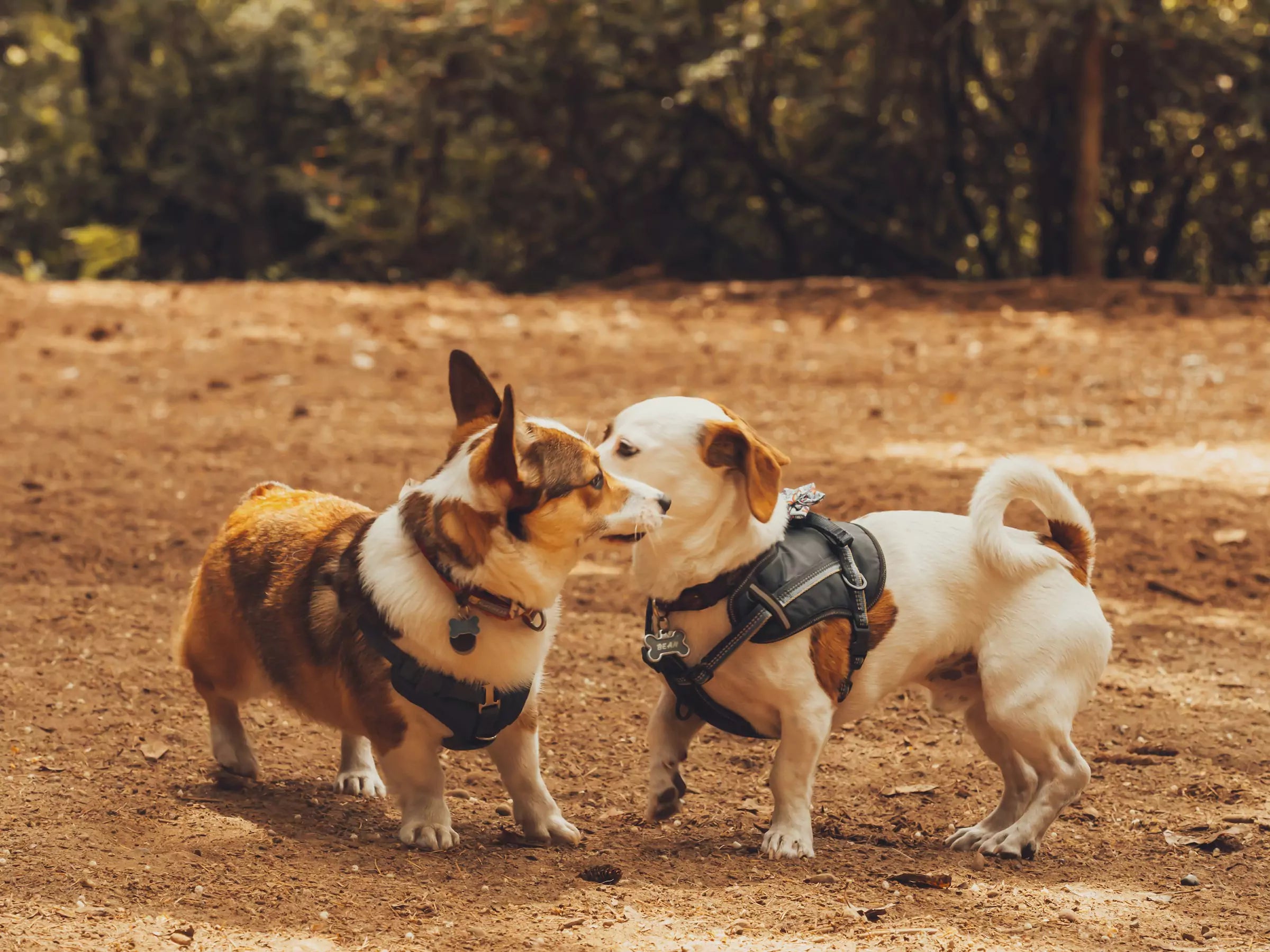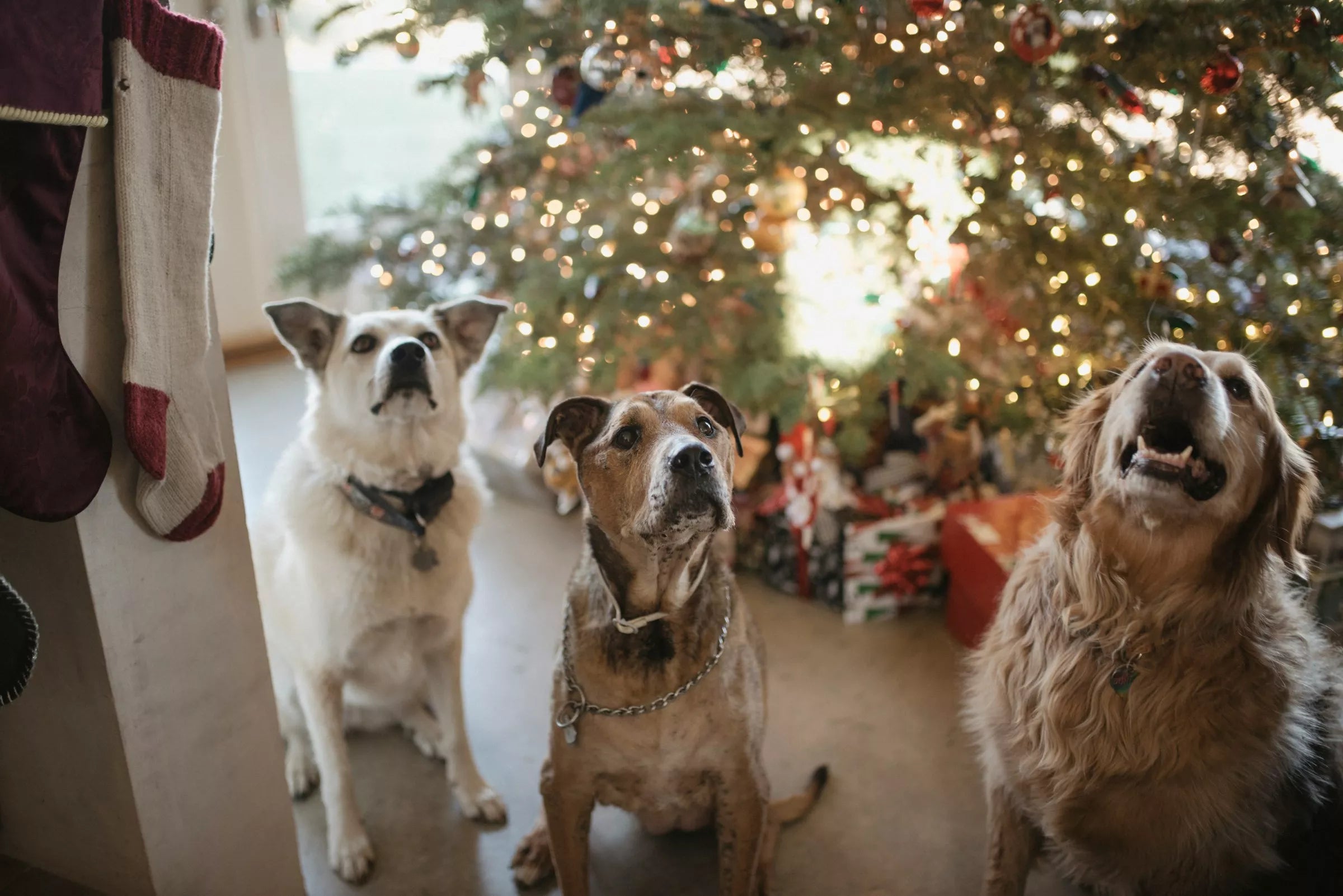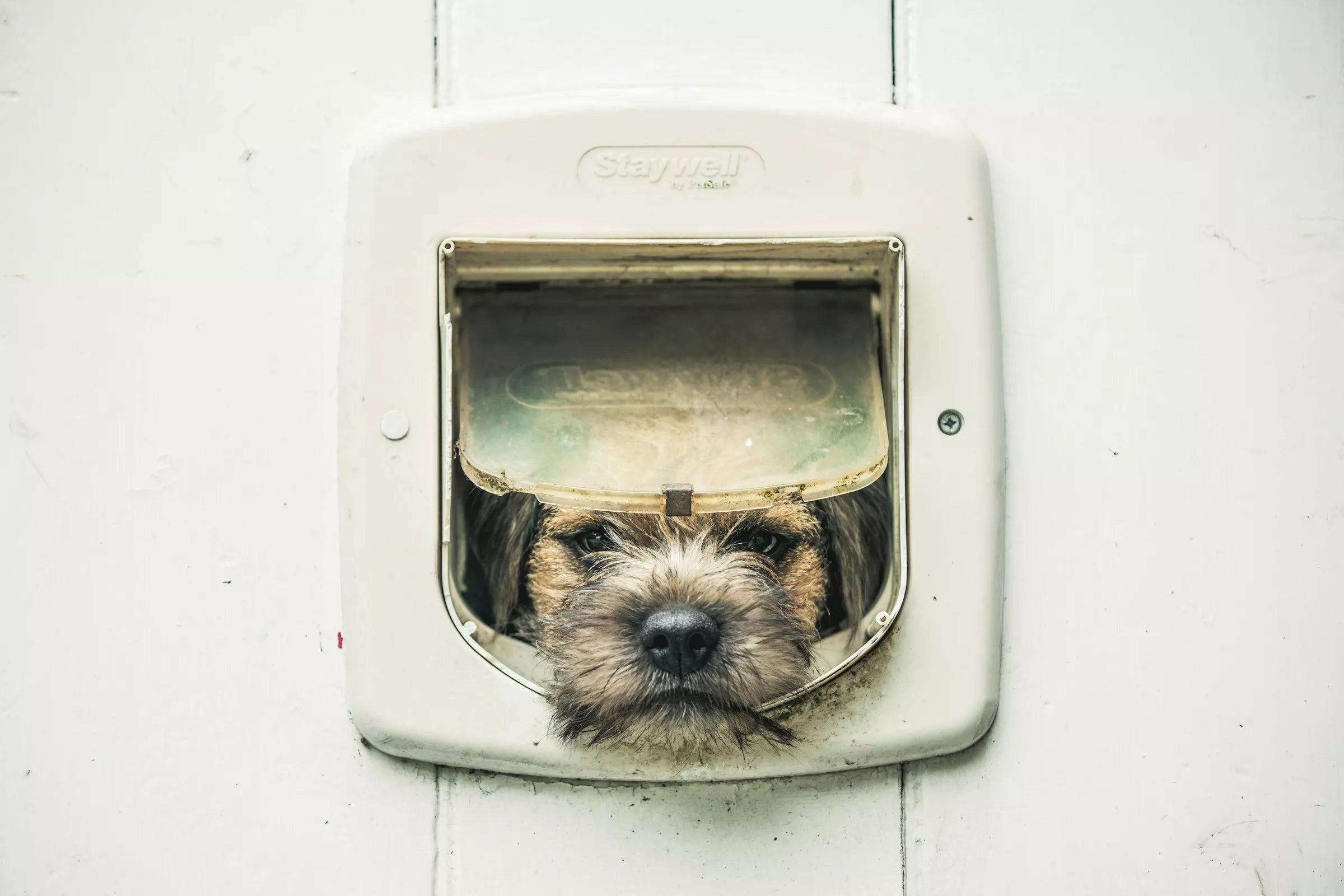Jump to Section
- Harness vs. Collar: A Quick Overview
- Benefits of Dog Harnesses
- When Collars Might Be Better
- Which Is Best for Training?
- What We Recommend
- FAQs
Harness vs. Collar: A Quick Overview
Choosing between a harness and a collar depends on your dog’s size, breed, behaviour, and activity level. While collars are traditional, harnesses offer greater control and are often considered safer — especially for dogs prone to pulling or respiratory issues.
Benefits of Dog Harnesses
Harnesses distribute pressure evenly across the dog’s chest and shoulders, avoiding strain on the neck. This makes them ideal for:
- Dogs that pull on the lead
- Flat-faced (brachycephalic) breeds like Pugs or Bulldogs
- Smaller dogs with delicate necks
- Puppies still learning lead manners
Harnesses can also reduce the risk of injury and give owners better handling during walks or outdoor adventures.
When Collars Might Be Better
Collars are convenient for everyday use and are essential for displaying ID tags. They can work well for:
- Calm, well-trained dogs
- Short trips where a harness isn’t needed
- Dogs that dislike having something wrapped around their body
However, they’re not suitable for training or dogs with trachea issues, as they can cause coughing or damage when pressure is applied.
Which Is Best for Training?
Generally, a harness is often the better choice for training, especially for puppies or reactive dogs. It gives you more control and reduces the risk of leash-related injuries. No-pull harnesses are particularly useful for reinforcing good walking behaviour.
What We Recommend
At Canine Culture, we generally recommend using a high-quality, durable dog harness for daily walks and training. Our Custom Canine Dog Y-Harness offers personalised velcro patches and a supportive design that’s great for larger breeds. For outdoor adventures, the Cordura Exploration Dog Harness with pockets is rugged, breathable, and ideal for active dogs.
Collars still have a role to play — particularly as a backup with ID tags — but harnesses are often a more secure and humane option for most dogs.
FAQs
Can dogs wear a harness all day?
It’s best not to leave a harness on all day, especially if your dog is indoors or resting. Remove it when not needed to avoid skin irritation or discomfort.
Are harnesses safer than collars for small dogs?
Yes. Small dogs are more prone to tracheal collapse, and harnesses avoid pressure on the neck, making them a safer choice.
Can I use both a collar and harness?
Absolutely. Many owners use a collar for ID and a harness for walks and training. This combination balances safety and practicality.
Will a harness stop my dog from pulling?
No-pull harnesses can help discourage pulling, but consistent training is key. Harnesses support better control, which makes training easier.
What type of harness is best?
It depends on your dog’s size, strength, and activities. For large or active dogs, try a rugged model like the Cordura Exploration Harness. For urban walks and custom flair, try the Custom Canine Harness.



















Share:
Can All Dogs Swim?
Are Dogs Evolving Faster Than Humans?